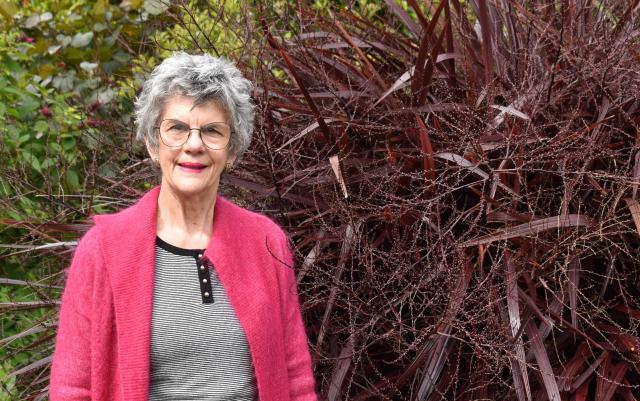
Aidan Curtis
THE State Government’s plans to increase regional palliative care nurse numbers is being met with confusion from locals, with questions circulating on why our patch is missing out.
In late October, Health Minister Chris Picton announced a recruitment drive to see an extra 10 full-time equivalent (FTE) palliative care nurses being spread around the state’s six regional health networks.
Mr Picton said people deserve access to quality end-of-life care regardless of where they live and he hopes to fill gaps in regional healthcare with more staff.
“This recruitment drive will allow patients to be treated much closer to home while reducing pressure on hospitals in metropolitan areas and beyond,” he said.
“The experienced nurses coming on board will assess, care, treat and support each person and their family at a time when they need it most.”
However, while extra healthcare staff has always been welcomed, the plan has been met with confusion in the Limestone Coast with only 0.5 FTE staff allocated for the region.
The position, which looks to be a part-time position with around 20 hours a week, would bring the Limestone Coast up to a total of 4.4 FTE palliative care nurses.
In Home Hospice Care chair Maureen Klintberg said, for a geographically large region with a population of over 60,000 people, there would be no relief for the local clinical palliative care team that is already swept off its feet.
“From our experience, we have had comments back that people have had considerable waiting times for palliative care,” Ms Klintberg said.
“That is often not the desired scenario because palliative end of life care can be at that stage where your life is limited.
“That’s where it’s important that we have the number of skilled health professionals that can meet the needs of our community.”
She said Mount Gambier has an aging population that is expected to grow, so having so few staff makes it difficult to prepare for the future.
“That’s also looking at education of health professionals, the succession plan for staffing, and then of course our rural GPs,” she said.
“Health providers, if they don’t have the number of staff to be able to offer the appropriate care at the time, they can’t spend that time getting to know the patient and their needs.”
The current low staffing numbers for palliative care nurses means they are also unable to educate the community on what palliative care actually is, which Ms Klintberg said has led to many misconceptions.
“It’s important for our community to become better informed about what is palliative care and what is end of life care,” she said.
“We still have somewhat of a lack of understanding that palliative care can begin at the time of diagnosis of a life-limiting illness.
“It usually takes place alongside active treatment; it involves management of their pain and any other symptoms.
“It’s to help maintain that quality of life, enable people to live life with that illness, with all the support that they can access.”







